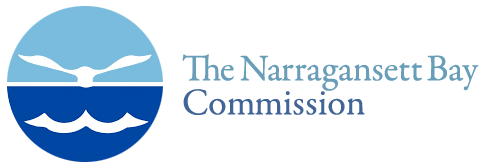NBC Announces 2025 Chairman’s River Restoration Earth Day Clean Up Grants
The Narragansett Bay Commission (NBC) is offering grants ranging from $250 up to $1,000 for local Earth Day River and Lake Cleanups, restoration or beautification projects for areas located within the NBC service area or along NBC receiving waters. The goal of the NBC 2025 Earth Day River Cleanup Grant Program is to clean up our important environmental resources by providing funding assistance to local organizations restoring and improving the green spaces in their communities. Deadline for applications is February 14, 2025.
The grants may be used for Earth Day volunteer cleanup projects of green spaces and river, lake and pond cleanup projects located within the NBC service district or along NBC receiving waters. Projects that include an educational component to educate volunteers about some aspect of the environment, environmental restoration, protection are preferred. All sections of the grant application, including the project description form must be completed. Applications must be accompanied with an invoice on organizational letterhead with the grant award total request listed. The invoice must have the letterhead of your organization. An invoice template is attached for your use. Please tailor the template to your organization’s needs. Any incomplete grant application forms received will not be considered. Only one application per project will be considered, and projects must be completed no later than September 8, 2025. The range of funding for any single project shall be between $250 and $1,000, depending upon the number of applicants and funding availability.
Download the grant application here.
